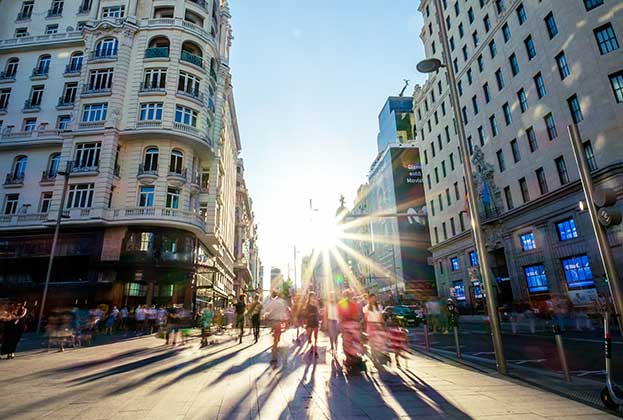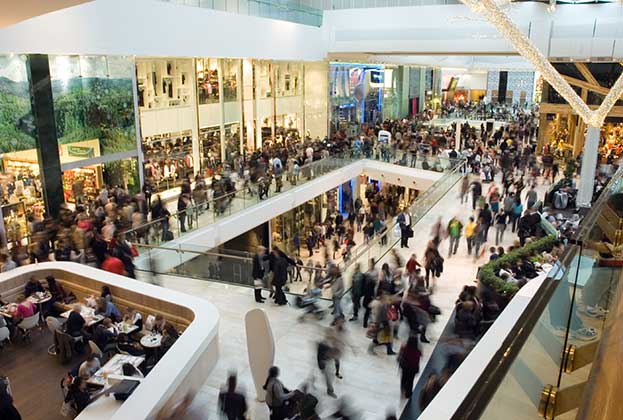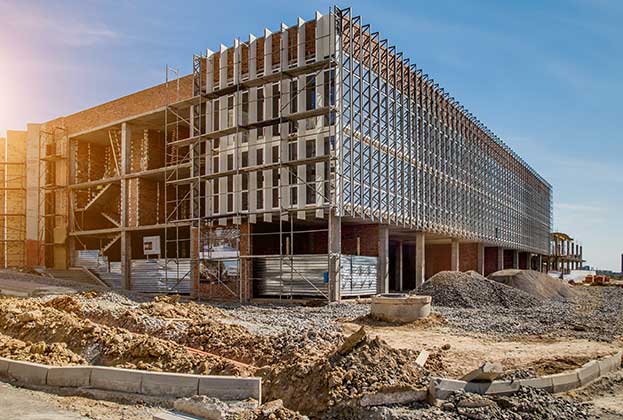What do the next 12 months have in store?
Consumer Landscape:
Consumer landscape headwinds to retail spend to dissipate and stronger growth to emerge, supporting stronger trade performance
- Retail sales in Europe forecast to increase 3.7% in real terms in 2024, supported by real disposable incomes moving back into positive territory as inflation continues to slow.
- All major European markets are forecast to see retail sales growth next year, with the growth markets of 2023 (Ireland, Spain, Portugal) continuing to report growth in excess of 2%.
- The evolution of consumer spending habits and the prioritisation of experience spend is expected to continue, feeding positively into F&B and leisure spend.
Retail Parks:
Space is at a premium in all but emerging markets, which will lead to further rental growth
- Occupational demand to continue into 2024. For those markets where availability remains significantly constrained, but where spend performance is strong, competitive tension will materialise, generating upward pressure on rents.
- Stock expansion to continue, led by those emerging markets that have the lowest per capita stock and have seen some of the highest expansion to date. These include Portugal, Finland, Denmark and Poland.
Prime High Streets:
Momentum builds with major mass market streets accelerating their recovery
- Vacancy will continue to be squeezed, with rental growth to continue. This is likely to be confined to markets beyond Germany and the Nordics over the next six months.
- London’s Oxford Street and Paris’s Champs-Élysées will continue its recovery trajectory with availability constraints to intensify in the latter part of 2024. Its rental recovery likely to be more protracted and extend into 2025.
- Luxury demand for new sites in major cities to slow, in line with the current normalisation in trade. Hotspots of activity will materialise as new best-in-class opportunities in key streets, such as Bond Street and Champs-Élysées, are delivered.
- Strong appetite for smaller affluent markets by luxury brands will continue with a growing interest in resort markets.
- Demand on major high footfall mass market streets to further diversify; F&B and leisure will become more pronounced with new entrants from Asia Pacific targeting flagship opportunities in London, Paris and Milan.
.jpg)
Shopping Centres:
Vacancy rates expected to reach double figures in most markets, but prime assets continue to be more defensible
- The polarisation between prime and secondary assets to continue to widen. Beyond prime destination shopping centres, vacancy is likely to get a little higher before it starts to recover in late 2024. For secondary and tertiary schemes, further challenges await with vacancy rates continuing to track upwards through 2024, particularly if there is a significant alternative supply.
- Vacancy trends will dictate rental performance, which we expect will remain flat for prime assets over the course of 2024, with upward pressure on rents to emerge in 2025.
- Landlords to increasingly look to introduce a more dynamic and leisure-orientated offer into their schemes in order to increase footfall, dwell time and, ultimately, retail spend.
- Investor sentiment should improve in 2024, with assets in some markets likely to look good value, particularly if there is a compelling redevelopment angle.
Investment:
Retail’s relatively higher yields will continue to attract investor interest, with the focus on more defensible assets such as retail parks and supermarkets
- Prime yields are stabilising, with further outward shifts anticipated to be minimal and restricted to the first half of 2024.
- The continued repricing of retail assets, particularly in relation to other real estate asset classes, will intensify investor appetite.
- Investment activity has bottomed out, with volumes likely to increase over the next 12 months. This resurgence is anticipated to be most prominent in countries where significant price corrections have occurred.
- The expected decline in central bank rates in the latter part of 2024 and into 2025 will provide a boost to investment activity. This will generate downward pressure on prime yields in some parts of the market.
- Grocery stores, supermarkets and retail parks will continue to capture most of investors’ appetite for retail assets. High street investments will remain restrained by the lack of opportunities on the market rather than a lack of appetite.
Read the other articles within European Retail Market below
.jpg)




.jpg)

